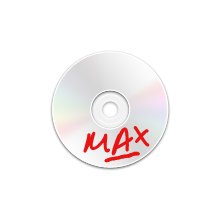Back in the day on PC I saved all my audio to the FLAC format. A great format since it offers the best sound and uses an Open Source license, so it’s a safe format for archiving.
Years ago I moved to Apple OSX. Unfortunately iTunes doesn’t support FLAC so I gave up using FLAC most of the time. Apple’s alternative, Apple Lossless (also called ALAC, Apple Lossless Audio Codec) sounded fine but had one major problem: it was not licensed as Open Source and Royalty-free to use.
Sound wise there’s no difference between FLAC and ALAC. You can convert from Aiff or Wav to FLAC or ALAC without loosing a single bit. Converting from FLAC to ALAC and vice versa works fine too. My favourite file converter app on Apple OSX is Max (easily to be confused with Max, a tool for creating digital musical instruments and audio and MIDI effects).
Things have changed for the better though. Since Oktober 2011 ALAC is Open Source and Royalty-free (see alac.macosforge.org). I wrote this short blogpost at the time for my Dutch personal blog.
I guess it’s safe to say that for Apple users ALAC (file extension is m4a) is most certainly the best format for archiving audio. It’s a native Apple format so not only applications like the Finder, Garageband, iMovie are able to play it, also programs like Propellerhead Reason, Ableton Live and video applications can handle the format perfectly.
Another nice thing: Bandcamp offers this perfect format as download option.

